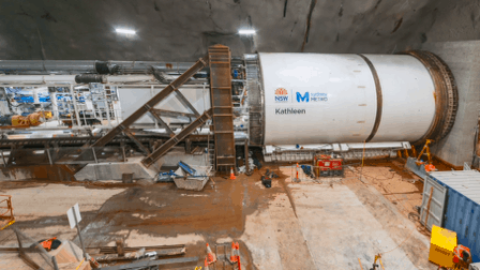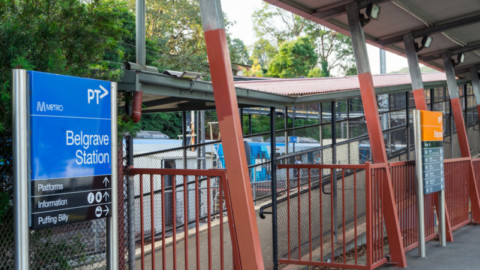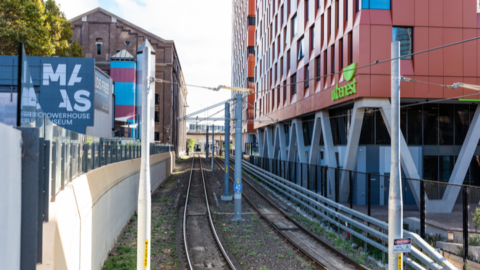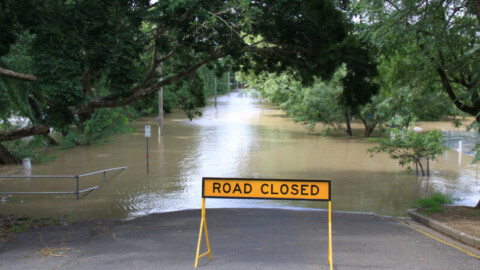The City of Sydney council has unanimously backed the updated Sustainable Sydney 2030 plan, with a reinforced commitment to net zero emissions by 2050, and plans to work with the private sector to deliver smart digital infrastructure in order to meet targets.
Adopted in 2008, Sustainable Sydney 2030 is an action plan for a green, global and connected city, with 10 targets to be met over 22 years. The plan also addresses critical issues including rising inequality and housing affordability.
“After I was elected Lord Mayor in 2004, we embarked on the biggest community engagement project in the City’s history,” Sydney Lord Mayor Ms Clover Moore said.
“The plan has been a tremendous success – since 2006, our economy has grown 32 per cent, new dwellings 18 per cent and the number of residents by 25 per cent. Over the same period, we’ve cut a quarter of our carbon emissions and across our local government area we’ve reduced emissions by 17 per cent.
“Our vision of a people-friendly George Street serviced by light rail is taking shape after years of pressure on the NSW Government. Small bars, eateries and innovative operators have activated our laneways, making them lively hubs of activity rather than areas to avoid.
“Although social and affordable housing is the responsibility of the NSW Government, we’re boosting our efforts to increase supply with levies on new developments, strategic planning mechanisms, subsidised land sales and advocacy.”
The refresh of the document also confirms the City’s alignment with the 100 Resilient Cities initiative and the United Nation’s Sustainable Development Goals.
Achievements and progress towards the 10 targets in Sustainable Sydney 2030 since its adoption in 2008 include:
- 25 per cent reduction in greenhouse gas emissions from City of Sydney operations as at June 2016 and a 17 per cent reduction in greenhouse gas emissions across the local government area as at June 2015
- Within the local government area, 14 per cent of electricity demand has been met from renewable sources in 2016, potable water consumption for 2014/15 was 6.7 per cent above the 2005/06 baseline; and in 2013 there was a 10.3 per cent increase in canopy cover from the 2008 baseline
- At June 2016, there were an additional 16,111 private dwellings in the city when compared to the 2006 baseline as well as 11,569 non-private dwellings (boarding houses, student accommodation and residential care facilities which was approximately double the number in 2007)
- At June 2016, there were a total of 9,716 social housing dwellings in the city, representing 9.2 per cent of all private dwellings. As well, there were 845 affordable housing dwellings or 0.8 per cent of all private dwellings. A further 465 affordable houses were in the development pipeline or announced for development
- At last count (2012), there were 437,000 jobs in the city, or growth of 69,000 above the baseline
- The last census showed that 74.5 per cent of trips to work during the morning peak were made using public transport, up from 73.3 per cent in 2006
- The last census also showed that city trips undertaken by bicycle had increased from 2 to 3.6 per cent and 50 per cent by walking
- Preliminary analysis shows that the majority of city residents are estimated to be within reasonable walking distance to local main streets, providing access to most local services. The exceptions being some residents in southern suburbs. The development of Green Square town centre will address this situation
- The Liveable Green Network Strategy and Master Plan, when fully implemented, will ensure that every resident will be within a 3-minute walk of continuous green links that connect to the harbour foreshore, harbour parklands, Moore or Centennial or Sydney parks
- 2015 wellbeing indicators showed that 75 per cent believed that most people can be trusted, up from 45 per cent in 2007
















